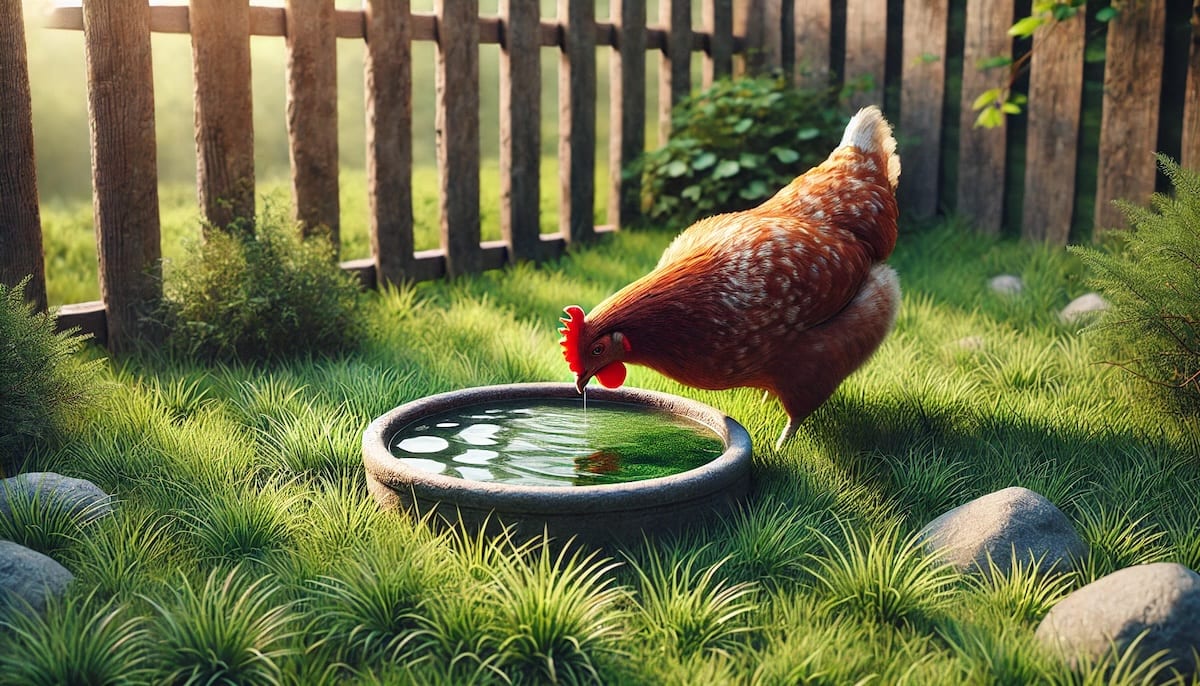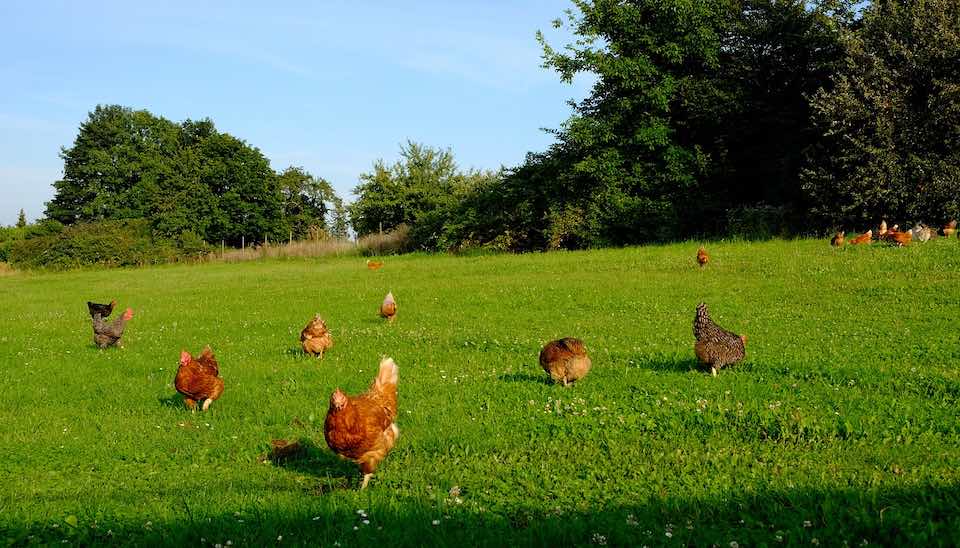Is molasses in chicken feed good for chickens
Is molasses chicken feed worth the extra money?
Molasses comes from sugar cane and is a biproduct of sugar production. While it contains vitamins and minerals, molasses is mostly just sugar.
Molasses is used in some chicken feeds. In Australia, grain mixes coated in sticky molasses are common.
Why put molasses in chicken feed?
There are a few reasons why manufacturers put molasses into chicken feed:
- As a source of nutrition or energy
- To make the feed sweeter and tastier for chickens
- To disguise off-flavours or sub-standard ingredients
- As a binder, especially in pellets
- To reduce dust
- To make powders, like vitamin and mineral supplements, stick to other feed ingredients
- Because it is cheap
Is molasses good for chickens?
Molasses often contains high levels of essential nutrients including calcium, iron, potassium and magnesium. Some studies have found it to improve the health of birds.
But even small amounts of molasses can cause problems for backyard chicken keepers.
To begin with, molasses makes hens thirsty and increases water consumption. This means that you need to watch your Waterer more closely and refill more often.
But molasses also causes wetter, looser droppings because it has a mild laxative effect. This means a messier chicken coop and more cleaning, not to mention more opportunities to spread parasites and disease between birds.
Plus, both wetter dropping and the molasses itself will attract more flies and other unwanted insects to the chicken coop.
It’s definitely not worth feeding your chooks extra molasses because it has little effect on egg production and may actually decrease feed conversion.
But if you have a chicken that has eaten something toxic, molasses can be used as a homemade flush due to the laxative effect.
Molasses in feed versus molasses-coated feed – What’s the difference?
Molasses may be used as a binder in pelleted feeds. In this case, the feed will not be sticky and normally only a small amount of molasses is used.
But molasses-coated grain mixes are also common in Australia. Adding molasses to a grain mix can improve its nutritional value somewhat by making unappealing ingredients more palatable to fussy chickens and by helping vitamin and mineral powders stick to other feed ingredients.
Molasses or no molasses, even a ‘complete’ grain mix is about the unhealthiest chicken feed you can buy. We would never recommend it except as an occasional treat.
Don’t use molasses feeds in a Dine a Chook Feeder
We strongly recommend that you don’t use molasses feeds in a Dine a Chook Feeder. If the feed is a little bit sticky, as molasses-coated feeds often are, then they will interfere with the automatically filling silo. This means feed won’t funnel properly into the feeding bay.
The healthiest feed for laying hens is a complete layer pellet. Not only will this prevent the Feeder from clogging, your hens will get all of the vitamins, minerals and nutrients that they need to be healthy and productive.
For more about a healthy diet for your chickens, check out these articles:
- 8 ways to save money on chicken feed that actually work
- The best diet for laying hens
- An inventory of chicken feed ingredients
- Is cracked corn good for chickens?
Happy chicken keeping!
Rachael at Dine a Chook Australia







